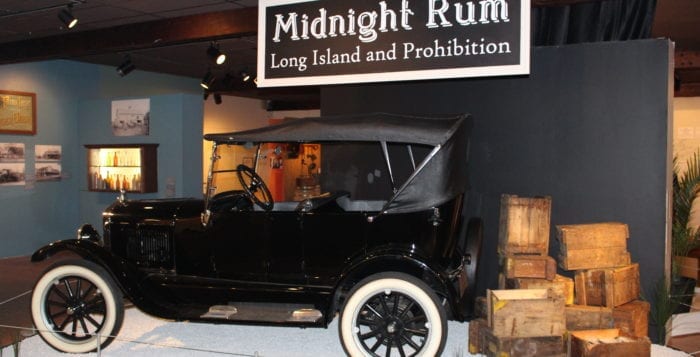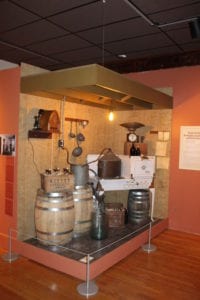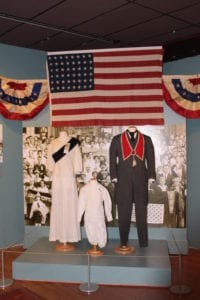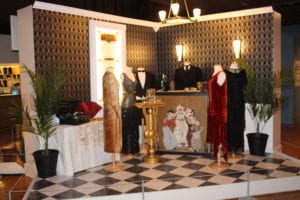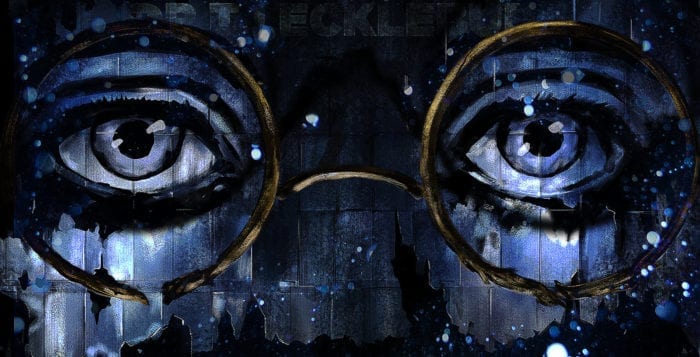Organizations team up for island-wide event
On Saturday, Sept. 16 from 9 a.m. to 4 p.m., The Long Island Museum and the Ward Melville Heritage Organization in Stony Brook and the Three Village Historical Society and Tri-Spy Tours in Setauket will host a day of spy-related tours and activities for the third annual Culper Spy Day, named for the Culper Spy Ring founded by Benjamin Tallmadge, George Washington’s chief intelligence officer during the Revolutionary War.
The Three Village area, which includes Stony Brook, Setauket and Old Field, is full of hidden intrigue and stories of how America’s first spy ring came together secretly to provide General George Washington the information he needed to turn the tide of the American Revolution.
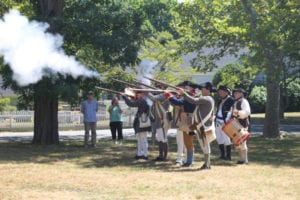
This year’s event has expanded to include other areas that played key roles in the Culper Spy Ring. Fans of the AMC hit series “Turn,” which has completed its final season, are familiar with Hollywood’s version of the Long Island-based spy group. On Sept. 16 visitors can learn what really happened while enjoying tours, Colonial cooking demonstrations, reenactments and many more family-friendly activities in the Three Villages and across Long Island.
The Long Island Museum will host a lecture at 2 p.m. with John Staudt, adjunct assistant professor of history at Hofstra University. Staudt will present “The Terrible Force of War: Eastern Long Island in the American Revolution.” In addition, blacksmith demonstrations will be ongoing from 10 a.m. to 3 p.m. and a special display of Revolutionary War artifacts will be on display.
Among other Culper Spy Day activities, the Three Village Historical Society hosts an interactive Culper SPIES! exhibit and a book signing with award-winning novelist and nonfiction author Selene Castrovilla. Visitors will also enjoy invisible ink demonstrations and Anna Strong’s famed clothesline, used for sending signals to Culper spies working off Long Island’s shores.
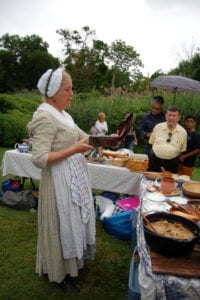
Ward Melville Heritage Organization will host Colonial cooking demonstrations and tours of historic structures that served as home bases for several spy ring members. Stony Brook University’s Special Collections department will display original letters written to Benjamin Tallmadge from George Washington, and the 3rd New York Regiment will demonstrate musket firing and marching drills on Setauket’s Village Green. The Country House Restaurant will offer a spy-themed lunch and the Ketcham Inn of the Moriches will host a guided tour and dinner at the home of noted spy Benjamin Havens.
Organizations participating in the Culper Spy Day event include The Long Island Museum, the Three Village Historical Society, the Ward Melville Heritage Organization, Tri-Spy Tours, Stony Brook University Special Collections, Emma S. Clark Memorial Library, Frank Melville Memorial Park, Three Village Community Trust, Caroline Church of Brookhaven, Setauket Presbyterian Church, Incorporated Village of Port Jefferson (Drowned Meadow Cottage), History Close at Hand, the Country House Restaurant, Times Beacon Record News Media, Raynham Hall, the Smithtown Historical Society, Discover Long Island, Ketcham Inn of the Moriches, and Sagtikos Manor in Bay Shore.
Tickets, which are available at www.tvhs.org, are $25 for adults and $5 for children ages 6 to 12. Children under the age of 6 and veterans will receive free admission. Tickets may be picked up at the Three Village Historical Society, 93 North Country Road, Setauket from Sept. 11 to 15. At that time, visitors will receive a bracelet and a copy of the Culper Spy Day map with all event listings. Tickets are good for admission to participating organizations for Saturday and Sunday, Sept. 16 and 17. Additional fees may apply for meals. For a full list of Culper Spy Day activities please visit www.culperspyday.com.

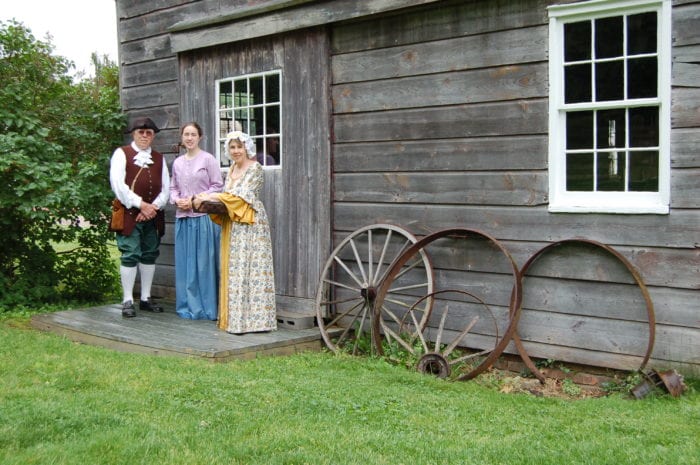
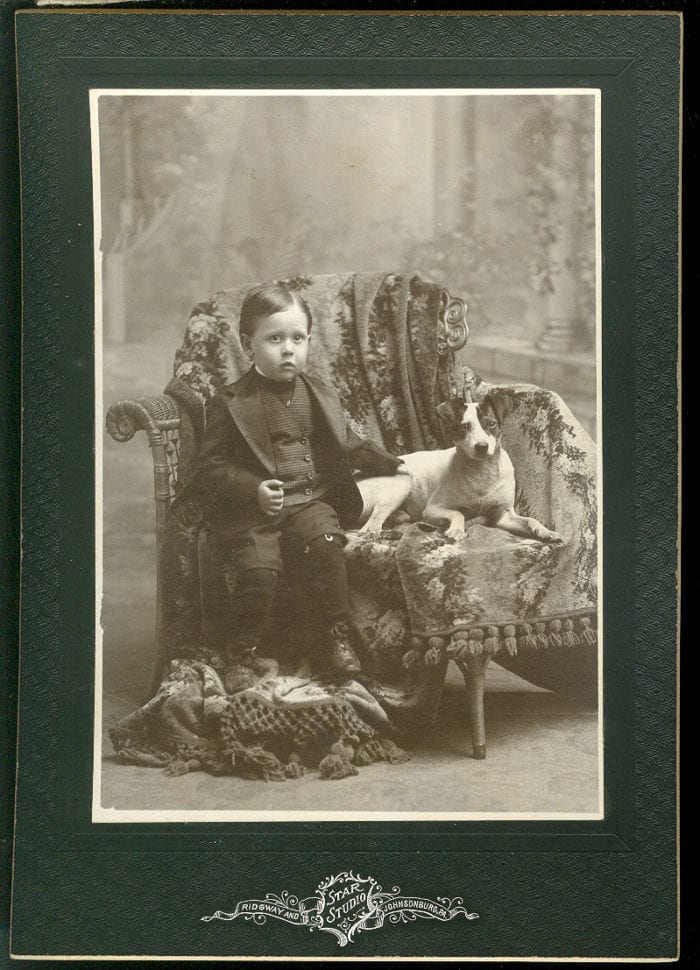
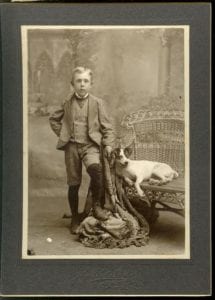
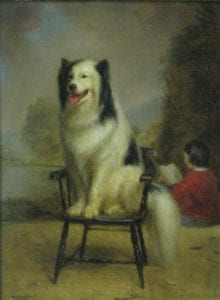
 Shelter dogs from Last Chance Animal Rescue will be available for adoption and The Middle Country Public Library’s Mutt Club, which partners with animal rescue organizations, will be collecting donations for shelter pets including pet food, toys, treats, collars, cat litter, toys, cleaning supplies and peanut butter.
Shelter dogs from Last Chance Animal Rescue will be available for adoption and The Middle Country Public Library’s Mutt Club, which partners with animal rescue organizations, will be collecting donations for shelter pets including pet food, toys, treats, collars, cat litter, toys, cleaning supplies and peanut butter.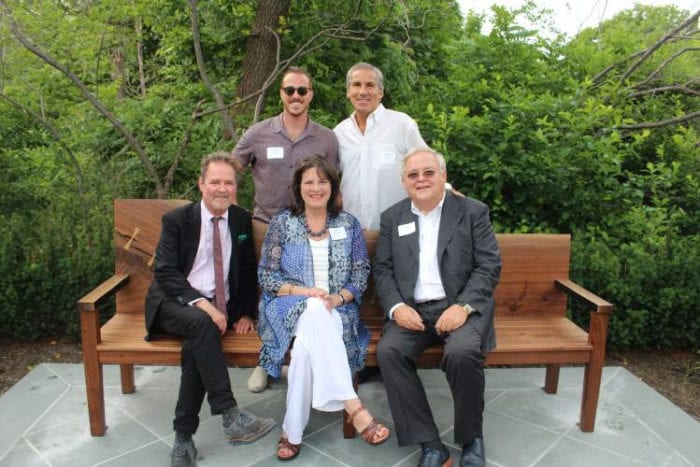

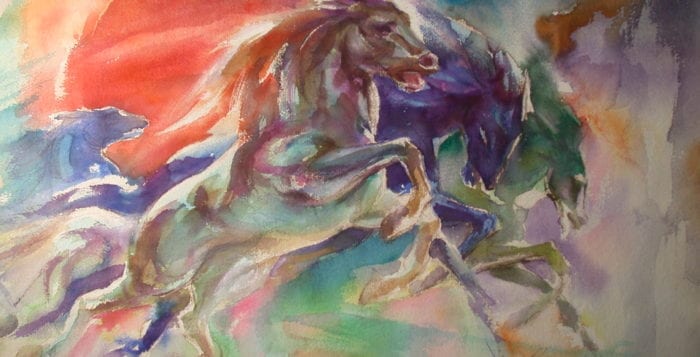
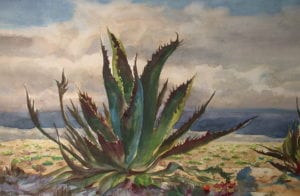
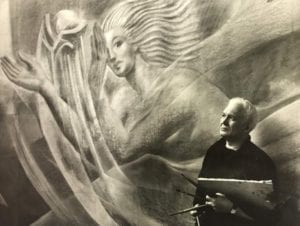
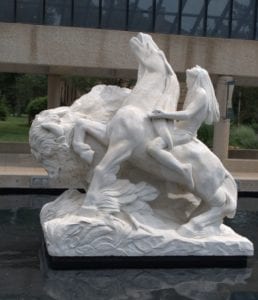 Preparatory works for massive sculptures are also on view including sketches and designs for the Kansas State Historical Society’s “White Buffalo” marble sculpture, which depicts a Navajo Indian on horseback with a buffalo. This was Winter’s final commissioned piece and he passed away before finishing it. His son William, working from the designs of his father, saw the statue to its completion in 1983.
Preparatory works for massive sculptures are also on view including sketches and designs for the Kansas State Historical Society’s “White Buffalo” marble sculpture, which depicts a Navajo Indian on horseback with a buffalo. This was Winter’s final commissioned piece and he passed away before finishing it. His son William, working from the designs of his father, saw the statue to its completion in 1983.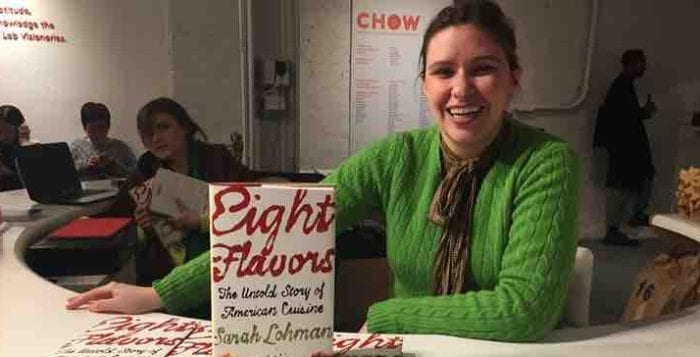
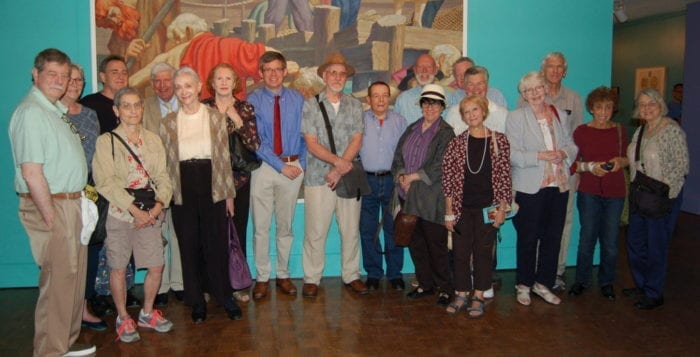
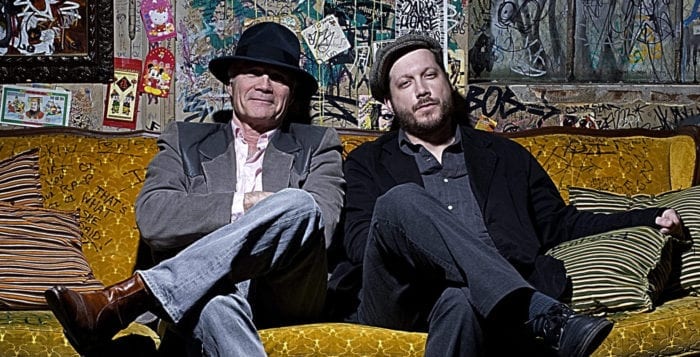
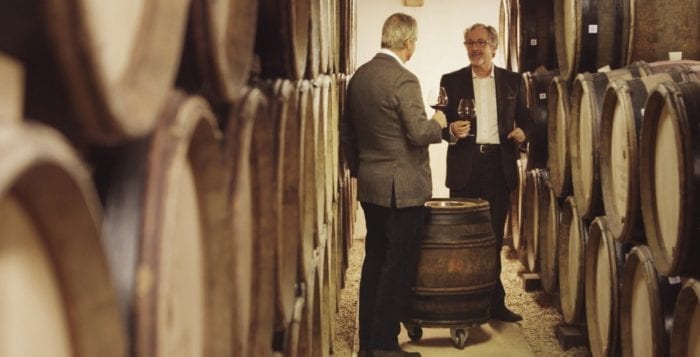
 Set in the super-fast, super-rich world of LA and New York during the financial boom of the early 2000s, in the lead up to the 2008 financial crash, and featuring the obsessive collectors, outraged wine producers, suspect auction houses and specialist FBI sleuths, “Sour Grapes” is an “Emperor’s New Clothes” fable for the modern age.
Set in the super-fast, super-rich world of LA and New York during the financial boom of the early 2000s, in the lead up to the 2008 financial crash, and featuring the obsessive collectors, outraged wine producers, suspect auction houses and specialist FBI sleuths, “Sour Grapes” is an “Emperor’s New Clothes” fable for the modern age.